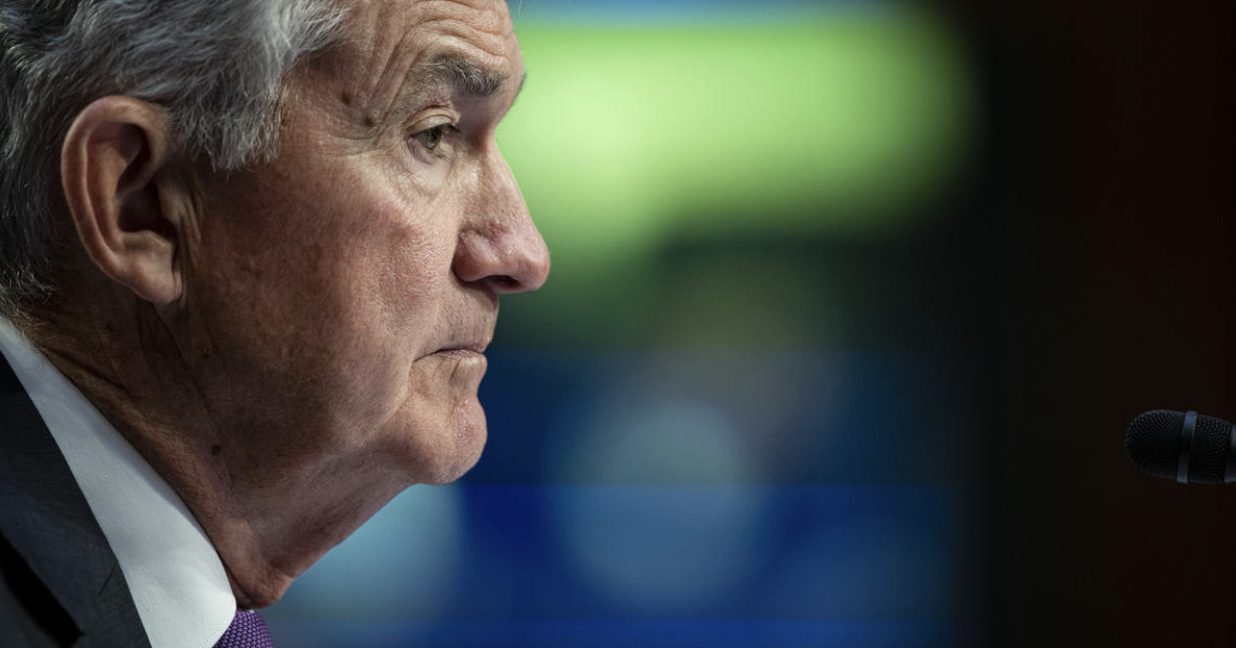Jerome Powell presses a button, and halfway across the world, a government buckles. There are a lot of steps in between, but that’s the gist of it.
In truth, the Federal Open Market Committee (FOMC) meets and sets a new target range on the federal funds rate. The large commercial banks use this range as a framework for how much interest to charge each other on the overnight loans they need to maintain liquidity. Suddenly, the banks are charging higher interest on everyday loans, making it more attractive to be a creditor and more expensive to be debtor. Foreign investors flock to the attractive new rates and many Americans decide to postpone costly plans, both of which strengthen the dollar. This simultaneously pulls international investment out of riskier foreign markets, and weakens international currencies relative to the dollar.
Say you’re the leader of a developing country. Before you know it, the price of food and fuel imports, denoted in American dollars, have skyrocketed relative to your dollar. Servicing your debt to the US has become more expensive, and the exodus of foreign investment means your banks are struggling to meet your citizens’ withdrawals. In a stable market, the impacts might be manageable, but throw in a global pandemic and the downstream effects of international sanctions and that becomes far more difficult. No food, no fuel, no money, and you’ve got a problem on your hands.
To remain competitive to foreign investors and maintain their currencies, many countries are forced to raise their interest rates—a short term salve with disastrous consequences. By putting pressure on local borrowers, raising interest rates slows business growth and wipes out jobs. Attempting to match the raised interest rates was one of Sri Lankan President Goya Rajapaksa’s last acts while in office, before the protestors outside his palace overwhelmed the compound and he was forced to flee.
If regime change is the triumphant climax of these economic pressures, it is by no means the most common. In most cases, people are suffering in silence, living under oppressive regimes which––when they are forced to cut spending––choose to cut health care, social programs, and education. Perhaps most crucially in the long term, they cut spending for green energy programs, worsening their dependence on fossil fuels despite the fact that many of these countries will likely face the brunt of the climate crisis.
The worst part: We’ve seen how this ends. In 1979, the Fed raised interest rates to combat American inflation. But for the same reasons as above, especially the massive debts many South American and African nations had accrued at the time, it ignited a powder keg. A dozen countries defaulted on their loans and were forced into recession, and ten years later, their per-capita incomes were the same as they had been in 1979, leading economists to dub the period, “the developing world’s lost decade.”
The federal funds rate has been raised almost five percentage points since the start of the pandemic in March 2020. With inflation still hot, Jerome Powell announced on March 7 that the Fed would likely have to raise interest rates again, with some suggesting that it could hover around 6 percent for the foreseeable future. How many years will the developing world lose this time?
Make no mistake, this is what the federal funds rate hikes are supposed to do. It’s the flip side to us increasing investment and reining in inflation, two goals which might seem superfluous but are utterly essential to the stability of the dollar.
And if the dollar isn’t stable, and the world doesn’t trade in our currency, which of our enemies fills that role? A weaker dollar means a stronger yuan, riyal, and ruble. Who gets to shape the world in our absence and how will they do it? With democratic values? I don’t mean to suggest our levers on the global economy should never be used. Only that, in spite of all the economic terms that shroud interest rate hikes in mystery for most Americans, as citizens, we should never forget what they cost.
